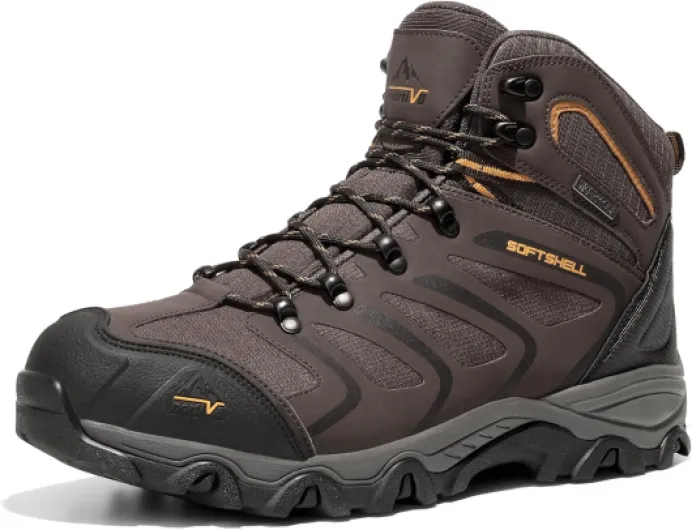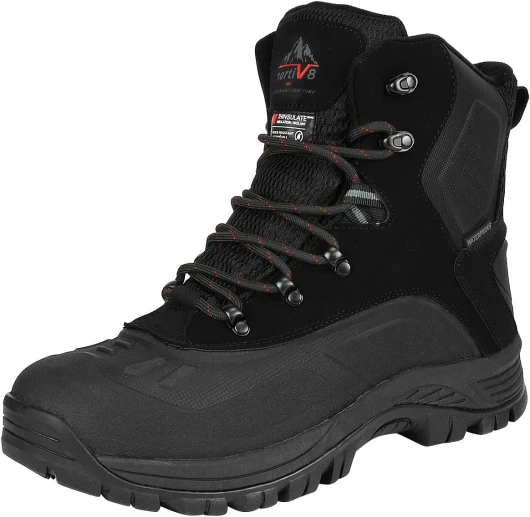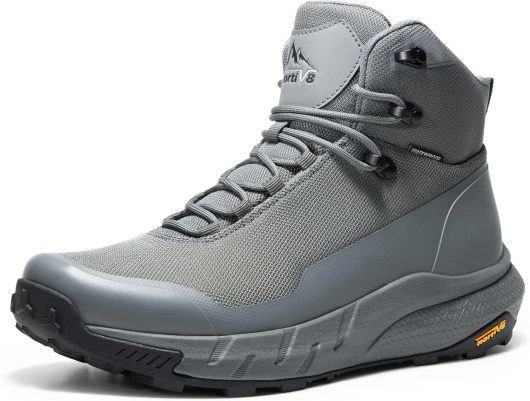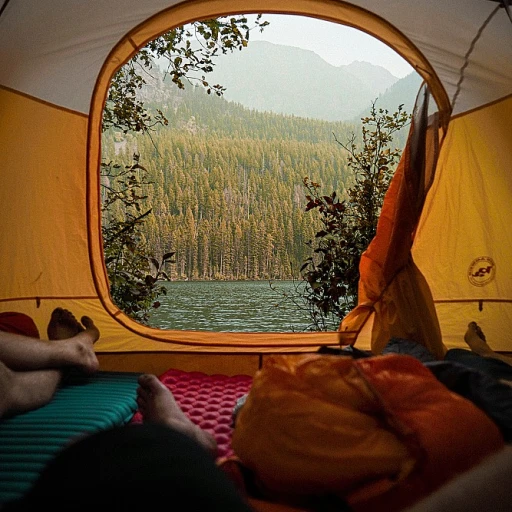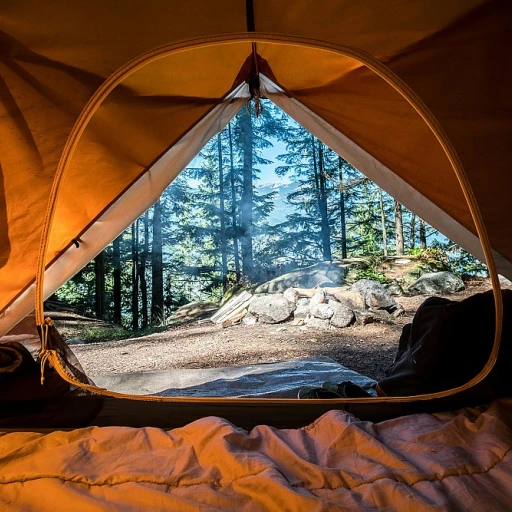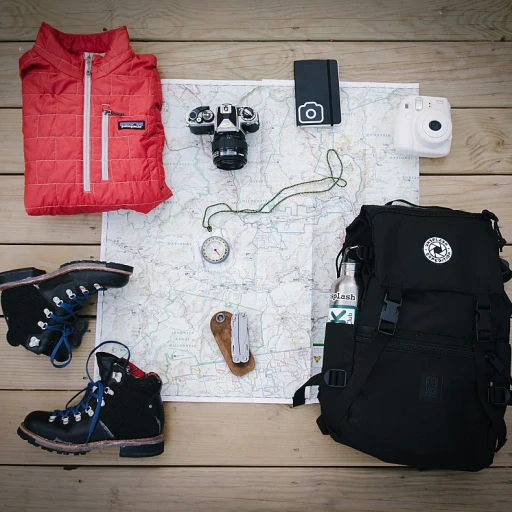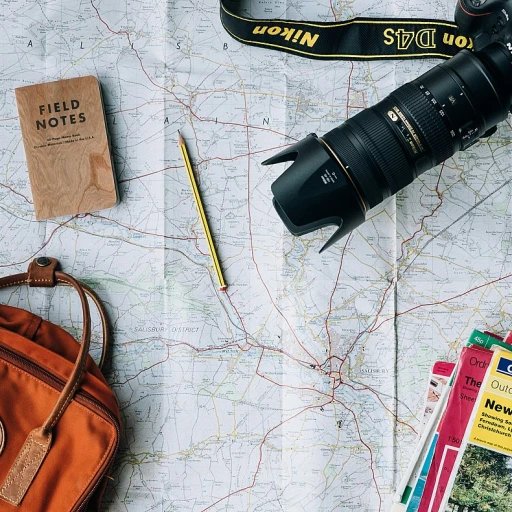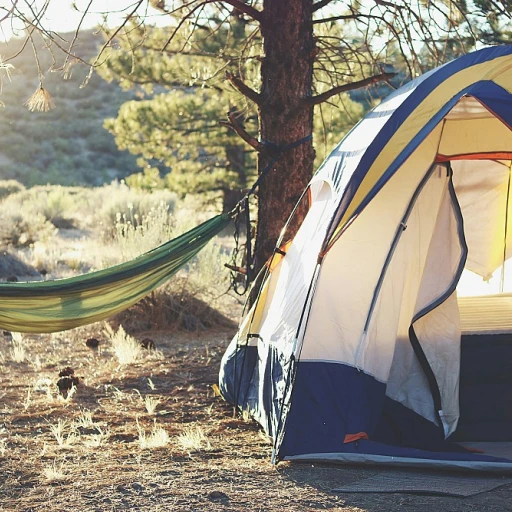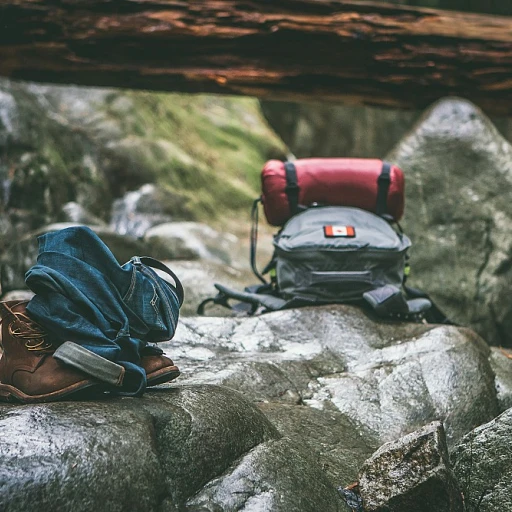
Understanding the Differences Between Men's and Women's Hiking Boots
Dive into the World of Gendered Hiking Boots
When it comes to choosing the right hiking boots, understanding the nuances between men's and women’s designs can make a significant difference in comfort and performance. The primary variations often lie in size, shape, and style. Men’s hiking boots generally offer a wider fit, catering to larger foot sizes common among men. In contrast, women’s hiking boots are often designed with a narrower fit and different contouring to accommodate the female anatomy.
Furthermore, the distinction extends beyond fit. Typically, men's shoes are constructed to hold up against more robust terrains, often featuring sturdier materials. Conversely, women’s hiking boots may weigh less and offer more flexibility, striking a balance between durability and agility.
While both styles provide essential support and protection for outdoor activities, women may find particular benefits in opting for a men's pair in specific contexts. This is especially true if they require a larger or wider size, or if the terrain necessitates the durability that some men’s boots can offer. The question then remains: is it practical for women to wear men's hiking boots? This exploration continues in our further discussion about the best women's hunting boots that cater to diverse outdoor needs.
Benefits of Women Wearing Men's Hiking Boots
Advantages of Opting for Men's Footwear
Exploring new ways to enhance the hiking experience often leads women to consider crossing the traditional boundaries of shoe selections. When it comes to hiking boots, many women are finding unexpected benefits in wearing men's styles. Here's why more women are choosing to exchange their typical pair of women's shoes for a set of men's hiking boots.- Broader Fit and Roomy Design: Men's boots tend to have a wider design, catering well to those with broader feet, or who need more room to wiggle their toes. This can prevent discomfort and alleviate the pressure points that might occur with more narrow women’s boots.
- Durability and Sturdiness: Generally, men's hiking boots are built with additional materials to handle rugged conditions, offering increased durability. As a result, many women notice that the boots withstand wear and tear better, proving to be a sturdy solution for intense hikes.
- Enhanced Support Options: In men's styles, enhancements are often focused on ankle support and stability, providing an extra layer of protection for adventurous terrains.
Challenges Women May Face with Men's Hiking Boots
Overcoming Challenges
While wearing men's hiking boots can offer specific advantages such as additional durability and roominess, women might also encounter noticeable challenges. One of the primary hurdles is the difference in size and fit. Men's shoes generally have a wider fit compared to women's shoes. This can be problematic for those with narrower feet or who are accustomed to the snug fit of women's boots.
Additionally, the style and design differences can make some women hesitant to opt for men's styles. Women who prefer lighter and more flexible shoes, similar to running shoes, may find men's boots a bit cumbersome.
Moreover, the sizing system can be a bit confusing. Shoe sizes differ between men and women, so finding the right women size in men shoes requires a bit of experimentation. It's crucial to understand both the size men and women shoe equivalents to ensure a comfortable fit.
Lastly, brand availability can pose a challenge. Some reputable hiking boot brands might offer limited choices in men’s styles that women actually find appealing or, conversely, finding a brand that caters enough sizes for both genders.
Despite these challenges, many women successfully navigate these hurdles by carefully selecting a pair that balances comfort with functionality. Additionally, the rising trend of gender-neutral footwear design may gradually address some of these inherent challenges, fostering a more inclusive approach to hiking gear.
For those looking to enhance their adventure, combining sturdy footwear with practical camping gear can make a significant difference. Consider exploring how a tent & log burner could elevate your outdoor experience by visiting enhance your camping experience.
Tips for Women Choosing Men's Hiking Boots
Selecting the Right Pair of Men's Hiking Boots
When it comes to women choosing men's hiking boots, attention to certain factors can make all the difference in achieving a perfect fit and comfort.- Size and Fit: Men's shoes typically have a wider fit, which can be an advantage for women with wider feet. However, knowing your own shoe size in men's sizes is crucial. Generally, a woman may need to size down by at least one to two sizes when selecting men's hiking boots.
- Foot Comfort: Ensuring that the footbed contours well to your feet's natural shape is essential. Many men shoes offer different arch support options, so it's recommended to try on a few pairs to find which brand's design suits you best.
- Style and Design Considerations: Though functions like durability and breathability are key, don't overlook the available styles. Women's shoes might not offer the rugged design that mens shoes do, but considering the aesthetics will make your experience more enjoyable.
- Testing for Optimal Wear: It's wise to wear the boots around your home or during quick routines to gauge their comfort level before taking them on extensive hikes. Pay attention to any pressure points or areas that may not accommodate your feet's shape properly.
- Brand and Model Research: Each brand has its proprietary sizing chart, so consulting a detailed guide or speaking directly with knowledgeable sales staff can be invaluable. The best pair for you might come from a brand renowned for its men's sizes but accommodating for women size considerations too.
Real-Life Experiences: Women Who Wear Men's Hiking Boots
Embracing the Fit: Tales from Women Wearing Men's Boots
Women exploring the great outdoors often have personal preferences that might lead them to try men’s hiking boots. It's not just about the size; it's also about how these boots fit and perform on challenging terrains.
For some women, wearing men's hiking boots has been a game-changer. They often find that men’s shoes, with their typically wider and roomier fit, accommodate their feet better, providing unmatched comfort during long hikes. Such boots can be particularly beneficial for those with broader feet, offering a snug but comfortable shoe size that doesn’t constrict.
Another factor is styles and durability; some women prefer the rugged, no-nonsense aesthetics and robustness of men's boots. Certain brands offer designs in men's lineups that aren’t available in women shoes, creating a wider variety of styles for those wanting something different than the usual women’s offerings.
For those who appreciate extra support, men's boots often provide a sturdier build. This support can be essential for those tackling tougher trails or carrying heavier loads. Women who've relied on running shoes for hikes might find the transition to men's boots a revelation when it comes to stability and protection.
Although finding the right size might be challenging, some women have successfully navigated this by trying on multiple pairs to discover the perfect fit. Once they find the shoe that works, the comfort level can significantly enhance their hiking experience.
In the world of hiking gear, personal preference plays a critical role. Women's real-life experiences with men's shoes underscore the unique benefits and comfort that can be discovered when venturing beyond traditional gender-branded gear.

